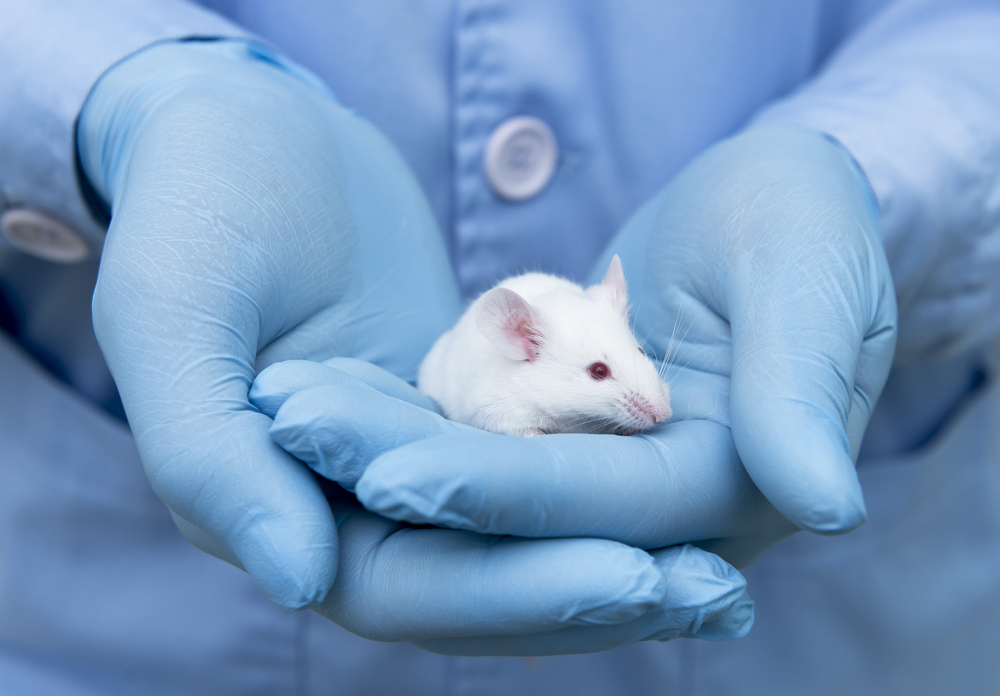Blocking IGF2R Protein Could Be Therapeutic Strategy, Improve Muscle Strength in DMD, Mouse Study Suggests

Blocking the protein receptor IGF2R could promote muscle regeneration and improve muscle strength in people with Duchenne muscular dystrophy (DMD), a study in mice suggests.
The study, “Blockade of IGF2R improves muscle regeneration and ameliorates Duchenne muscular dystrophy,” was published in the journal EMBO Molecular Medicine.
The insulin‐like growth factor (IGF) family is a group of signaling proteins that help regulate multiple biological processes, including muscle development and regeneration. Though studies are still lacking, IGF2 has known roles in muscle cell development, where it acts by binding to several different kinds of proteins.
The protein receptor of IGF2 (IGF2R) binds to this protein and sequesters it in cells, where it undergoes breakdown to clear excess levels of IGF2 in the blood.
Now, researchers in Italy used a combination of computer modeling and experiments in cells to clarify the role of IGF2R in muscle.
They found that IGF2R interacts with another protein, called CD20, and this interaction helps regulate the levels of calcium within cells. Calcium is key in muscle function, as it induces muscle contraction.
While suppressing CD20 decreased the differentiation of muscle cells’ precursors, called myoblasts, blocking IGF2R increased proliferation and differentiation of these cells.
The team then examined the roles of these proteins in mdx mice, a well-established model of DMD.
Compared with control animals, mdx mice had comparable levels of CD20 but significantly higher levels of IGF2R in their muscle cells. This prompted the researchers to test whether blocking IGF2R — using two doses of anti‐IGF2R antibodies — would affect muscle biology in these mice.
Overall, the cross‐sectional area (CSAs) of muscle fibers was lower in treated than in untreated mice in muscles called tibialis anterior — found in the lower leg in humans — and vastus medialis, which are found in the human thigh.
“Changes in the CSAs of the muscles of mdx mice suggested that a muscle remodelling process was induced by anti‐IGF2R antibodies,” the researchers said. The treated mice also had significantly more regenerating muscle fibers, as well as more blood vessels with normal structure around the muscles.
The mice receiving anti-IGFR2 antibodies also showed functional improvements, as their muscles were able to generate significantly greater force than those of untreated mdx mice.
“These data strongly argue that IGF2R inhibition positively affected the regenerative potential of dystrophic muscle tissues,” the scientists said.
“This conclusion makes physiological sense in the light of what is known about the role of IGF2R,” they added.
Blocking IGF2R could increase the amount of available IGF2, prompting the observed benefits, the researchers said.
Although these data are preliminary and more work needs to be done before the findings can be translated into humans, these results suggest that blocking IGF2R may be a therapeutic strategy for Duchenne.
“We are firmly convinced that increasing our understanding of the contribution of aberrant IGF2R expression to the pathophysiology of DMD will ultimately lead to the development of novel therapeutic approaches,” the researchers said. “Even if side effects are not completely avoidable, blockade of IGF2R in DMD patients could represent an encouraging starting point for the development of new biological therapies for DMD.”






